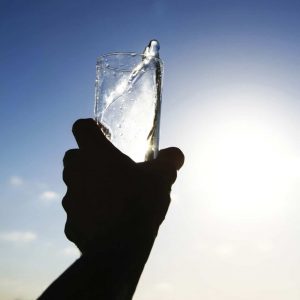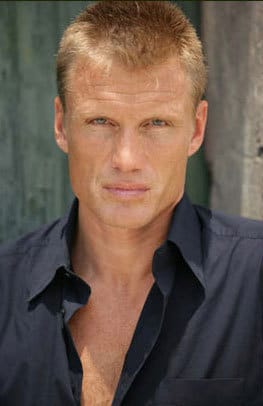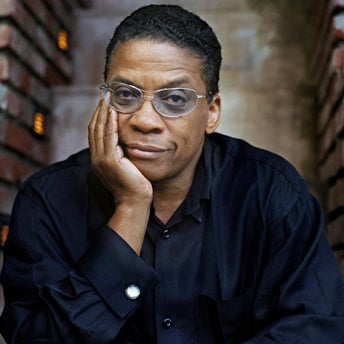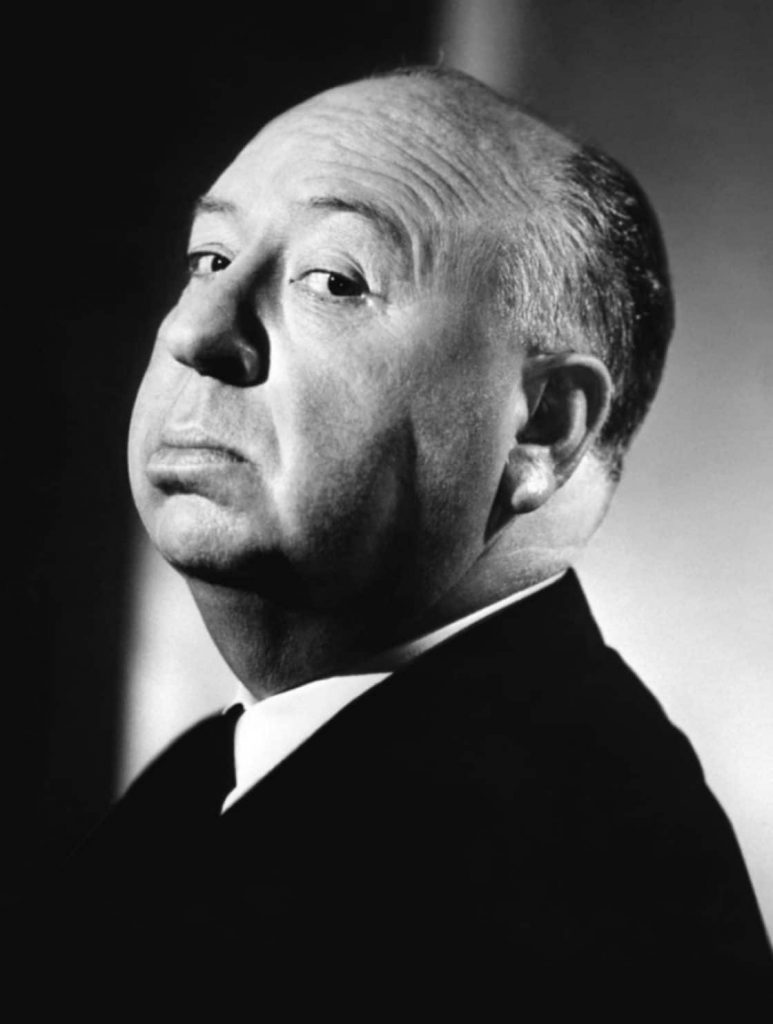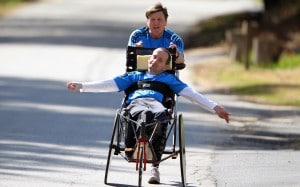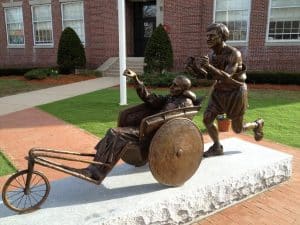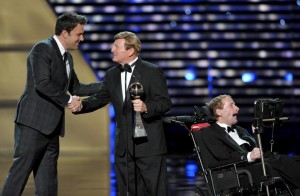Thomas Edison. Alexander Graham Bell. These are household names, engineers well known for their brilliant inventions. But how many female engineers can you think of? Throughout modern history there have been many female engineers who have contributed to the advancement of society. As we celebrate Introduce a Girl to Engineering Day, a part of Engineering Week, we’d like to familiarize you with three pioneers in women’s engineering, and to introduce you to a few of Tata & Howard’s own female engineers.
Three Amazing Female Engineers in History
Stephanie Louise Kwolek (born 1923)
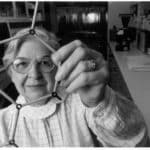 Countless law enforcement and military personnel owe their lives to Stephanie Louise Kowlek, who discovered liquid crystalline polymers while working for DuPont. The result? Kevlar. Kevlar contains fibers that are five times stronger than steel, does not rust or corrode, and is extremely lightweight. Kevlar is best known for its use in the bulletproof vest, but it is also used for fiber optic cables, airplane fuselages, brake linings, boats, parachutes, skis, building materials, and radial tires. Ultimately obtaining 28 patents during her 40 year career, Kowlek was inducted into the National Inventors Hall of Fame in 1995, received the National Medal of Technology in 1996, was awarded The Perkin Medal by The American Chemical Society in 1997, and was named to the National Women’s Hall of Fame in 2003.
Countless law enforcement and military personnel owe their lives to Stephanie Louise Kowlek, who discovered liquid crystalline polymers while working for DuPont. The result? Kevlar. Kevlar contains fibers that are five times stronger than steel, does not rust or corrode, and is extremely lightweight. Kevlar is best known for its use in the bulletproof vest, but it is also used for fiber optic cables, airplane fuselages, brake linings, boats, parachutes, skis, building materials, and radial tires. Ultimately obtaining 28 patents during her 40 year career, Kowlek was inducted into the National Inventors Hall of Fame in 1995, received the National Medal of Technology in 1996, was awarded The Perkin Medal by The American Chemical Society in 1997, and was named to the National Women’s Hall of Fame in 2003.
Hedy Lamarr (1913-2000)
 Hedy Lamarr is best known as a beautiful and sought-after movie star of the 1930’s and 1940’s, but she was actually a whole lot more. Lamarr invented a remote-controlled communications system for the United States military during World War II. Originally from Austria and born of Jewish parents, Lamarr was deeply troubled by Nazi attacks. When German submarines began torpedoing passenger liners, she said, “I’ve got to invent something that will put a stop to that.” Lamarr came up with “frequency hopping,” an electronics radio system that would enable Allied submarines to avoid signal jamming from enemies, thus allowing far more successful allied torpedo attacks. In later years, Lamarr’s “frequency hopping” is what made cell phones, Wi-Fi, and other wireless developments possible.
Hedy Lamarr is best known as a beautiful and sought-after movie star of the 1930’s and 1940’s, but she was actually a whole lot more. Lamarr invented a remote-controlled communications system for the United States military during World War II. Originally from Austria and born of Jewish parents, Lamarr was deeply troubled by Nazi attacks. When German submarines began torpedoing passenger liners, she said, “I’ve got to invent something that will put a stop to that.” Lamarr came up with “frequency hopping,” an electronics radio system that would enable Allied submarines to avoid signal jamming from enemies, thus allowing far more successful allied torpedo attacks. In later years, Lamarr’s “frequency hopping” is what made cell phones, Wi-Fi, and other wireless developments possible.
Lillian Gilbreth (1878-1972)
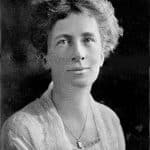 There’s a common saying that necessity is the mother of invention, and it seems to have been coined with Lillian Moller in mind. Moller is known as the “mother of modern management” due to her education, scientific nature – and being the mother of 12 children! Along with her husband Frank, Lillian’s life is the basis for the books “Cheaper by the Dozen” and “Belles on Their Toes,” written by two of their children about life in the Gilbreth household. Frank and Lillian sought endlessly to find the “one best way” to perform any task in order to increase efficiency and productivity. These studies are called time and motion studies, and are still applied today in Lean Manufacturing practices.
There’s a common saying that necessity is the mother of invention, and it seems to have been coined with Lillian Moller in mind. Moller is known as the “mother of modern management” due to her education, scientific nature – and being the mother of 12 children! Along with her husband Frank, Lillian’s life is the basis for the books “Cheaper by the Dozen” and “Belles on Their Toes,” written by two of their children about life in the Gilbreth household. Frank and Lillian sought endlessly to find the “one best way” to perform any task in order to increase efficiency and productivity. These studies are called time and motion studies, and are still applied today in Lean Manufacturing practices.
After her husband died of a heart attack in 1924, Lillian wrote four books and taught industrial engineering courses at various prestigious schools including Bryn Mawr and Purdue. President Hoover asked her to join the Emergency Committee for Unemployment during the Great Depression, and she worked as a consultant for the government during World War II. Lillian is credited with many inventions, including the foot-pedal trashcan, the electric mixer, the L-shaped kitchen, and refrigerator door shelves.
During her lifetime, Lillian Gilbreth received many honors. She became the first female member of the American Society of Mechanical Engineers in 1926, she was the first woman to be elected into the National Academy of Engineering, and she was also issued the very first membership in the Society of Women Engineers.
Tata & Howard’s Female Phenoms
 Tata & Howard boasts some brilliant female engineers as well. As a firm, we employ a much higher percentage of female engineers than is the industry norm. Shira A. McWaters, P.E., pictured at right and who has been with the firm since its inception over 20 years ago, is an Associate and manages our Arizona office. Two of our six members of the Board of Directors are women, Karen L. Gracey, P.E., and Jenna W. Rzasa, P.E. In addition, we have many other female engineers at all levels throughout the organization, and their contributions to the firm are invaluable. Last week, we were able to stop some of Tata & Howard’s female engineers just long enough to pose for a photo. Pictured left to right are Jennifer Fruzzetti, Jenna Rzasa, Patricia Fox, Amanda Cavaliere, Hayley Franz, Vicki Zabierek, Justine Carroll, Marie Rivers, and Karen Gracey.
Tata & Howard boasts some brilliant female engineers as well. As a firm, we employ a much higher percentage of female engineers than is the industry norm. Shira A. McWaters, P.E., pictured at right and who has been with the firm since its inception over 20 years ago, is an Associate and manages our Arizona office. Two of our six members of the Board of Directors are women, Karen L. Gracey, P.E., and Jenna W. Rzasa, P.E. In addition, we have many other female engineers at all levels throughout the organization, and their contributions to the firm are invaluable. Last week, we were able to stop some of Tata & Howard’s female engineers just long enough to pose for a photo. Pictured left to right are Jennifer Fruzzetti, Jenna Rzasa, Patricia Fox, Amanda Cavaliere, Hayley Franz, Vicki Zabierek, Justine Carroll, Marie Rivers, and Karen Gracey.
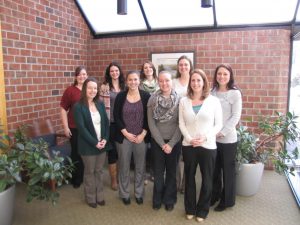 Engineering still tends to be a male-dominated field, and young girls are often overlooked even when their abilities clearly point to engineering. Introduce a Girl to Engineering Day is intended to bring awareness of the engineering profession to school-aged girls, and to encourage them in pursuing a career in the field. During engineering week, there are many special events across the country in which young girls can participate. Check out your local engineering universities for events. For online resources, visit www.discovere.org or www.asceville.org for fun activities and ideas to introduce the young girls in your life to engineering.
Engineering still tends to be a male-dominated field, and young girls are often overlooked even when their abilities clearly point to engineering. Introduce a Girl to Engineering Day is intended to bring awareness of the engineering profession to school-aged girls, and to encourage them in pursuing a career in the field. During engineering week, there are many special events across the country in which young girls can participate. Check out your local engineering universities for events. For online resources, visit www.discovere.org or www.asceville.org for fun activities and ideas to introduce the young girls in your life to engineering.
Women engineers have brought us not only the bulletproof vest and the basis for wireless technology, but also disposable diapers, windshield wipers, the compiler (which translates English into computer code), signal flares, noise cancellation technology, air pollution mitigation technology, and the Brooklyn Bridge – what could be next? Introduce a girl to engineering, and the possibilities are endless.

